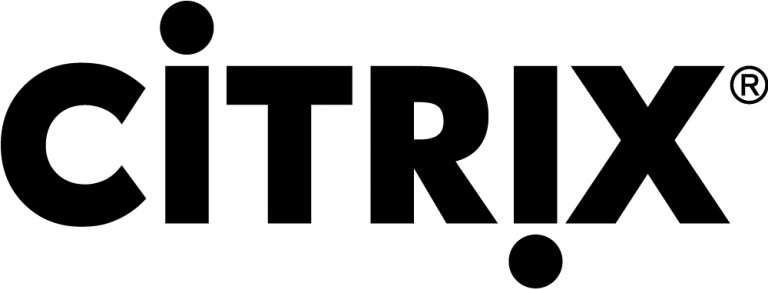Configuring Symantec Backup Exec granular backup 12.5 on an Exchange Server 2007
Well, In this document we see a somewhat fussy topic that sometimes gets annoying, since you have to be careful with all the configuration steps so that it does not fail. In the document we will see how to configure our Symantec Backup Exec backup server 12.5 so you can back up every mailbox in our Microsoft Exchange organization at the email level 2007, in case of loss of mail, Be able to individually retrieve each email, or at a general level a mailbox or the entire private/public mail database.






































